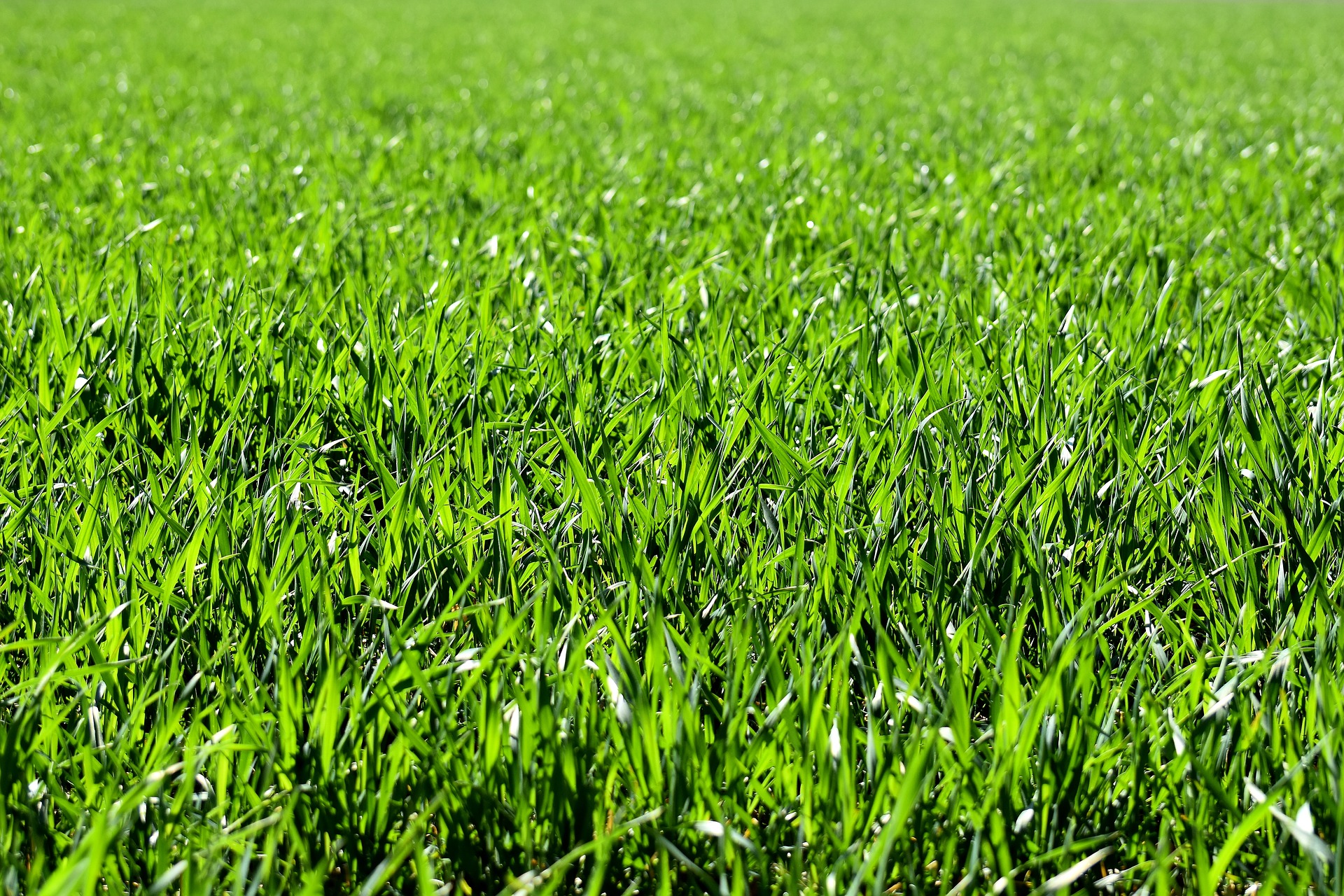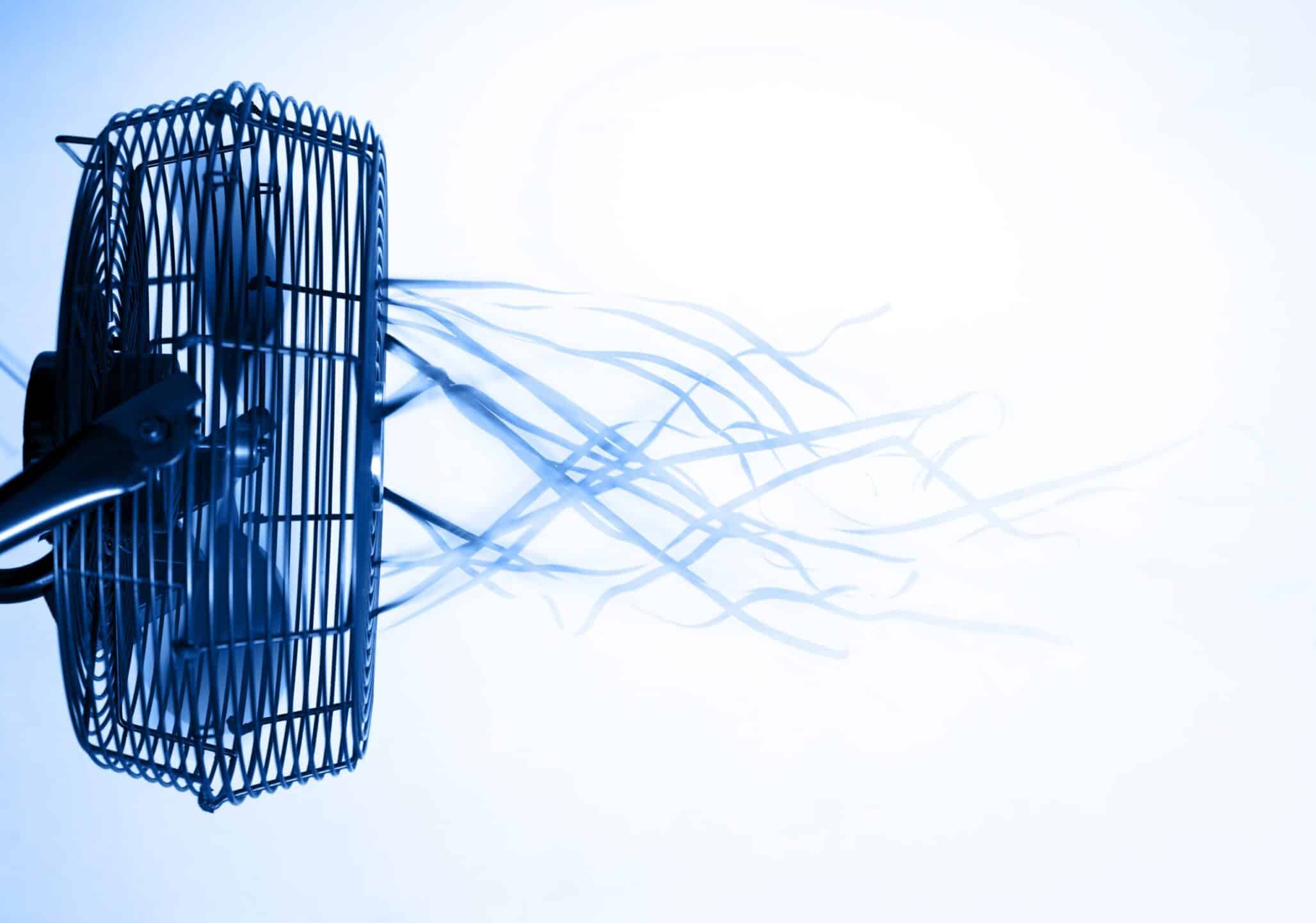According to a new study conducted by researchers at the University of Sheffield and published in New Phytologist, grasses shortcut evolution by transferring in genes from their neighbours in a way that mirrors genetic modification techniques conducted by scientists.
The ‘borrowing’ of genes occurs via lateral gene transfer, which allows the recipient organism – in this case, grasses – to incorporate DNA from other species into their genomes, allowing them evolutionary advantage to better meet new and changing environments.
“There are many methods to make GM crops, some which require substantial human intervention and some that don’t. Some of these methods that require minimal human intervention could occur naturally and facilitate the transfers we have observed in wild grasses,” said Dr Luke Dunning, Research Fellow from the University of Sheffield’s School of Biosciences, and senior author of the research, said in a release.
“These methods work by contaminating the reproductive process with DNA from a third individual. Our current working hypothesis, and something we plan to test in the near future, is that these same methods are responsible for the gene transfers we document in wild grasses.
“This means, in the near future, controversial genetic modification could be perceived as more of a natural process.”
In addition to potentially normalizing and naturalizing the still controversial concept of genetic modification, this research could provide the basis to harness natural gene transfer to increase crop productivity and resilience.
“Currently, these ‘natural’ reproductive contamination methods are not as efficient in producing GM plants as those that are used routinely, but by further understanding how lateral gene transfer occurs in the wild we may be able to increase the success of this process,” said Dunning.
The Sheffield research team sequenced multiple genomes of a species of tropical grass. By assessing the different points in the grass’ evolutionary path when new genes were acquired, the team could identify a rate of gene accumulation. Understanding that rate of change show how big a potential impact external gene acquisition could be to the species’ evolution and adaptability.
The research team intends to verify their hypothesis by working backwards from known lateral gene transfer examples in hopes of recreating them.
Grasses cover 30% of earth’s land surface and are the majority producer of all food. At least some varieties of grasses that we eat are ‘naturally genetically modified’ via lateral gene transfer.











